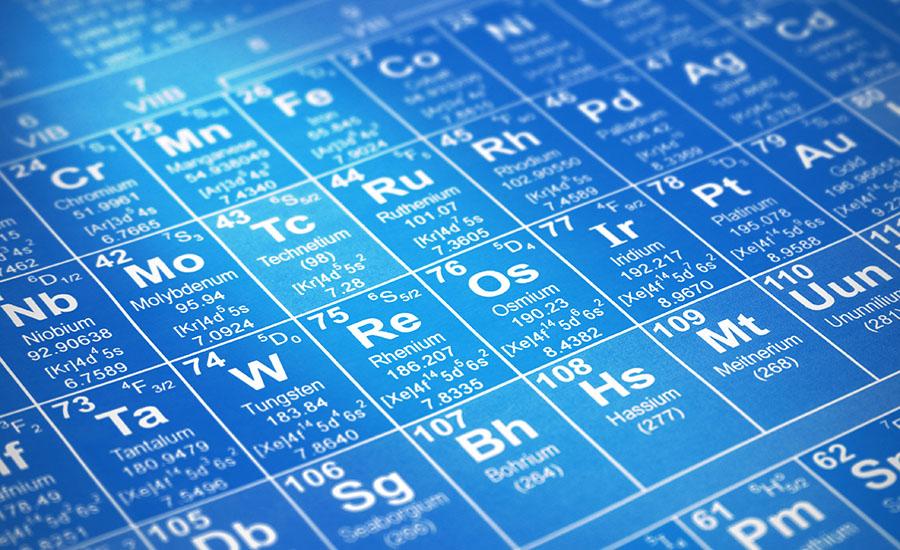
Properties of Matter: Intermolecular Forces and Bubbles
Students explore different recipes for giant bubbles and determine which recipe created the best (longest lasting) bubbles in this engaging lesson. Then, they examine the structures of the added ingredients and apply to their knowledge of the different types of intermolecular forces to explain why one mix was better or worse than the others.
Lesson Plan Link/URL
https://docs.google.com/presentation/d/1Lw-YR7cA5fPbn12sD49m3BwqEK9_ouIW/edit?u…Subject Area
Science Physical Science P1: Matter Technology 6. Creative Communicator Engineering S4: Apply Science to Engineering English Language Arts (ELA) Speaking & ListeningRelated Content

A Shocking Dystopia: STEM Adventures in The City of Ember Part 4 of 4: Where the River Goes
This lesson is PART 4 of a four-lesson unit, which focuses on futures thinking, the phenomenon of electricity, closed-system agriculture, and water as a renewable energy resource. “The City of Ember”

Engineers create and use new materials, as well as new combinations of existing materials to design innovative new products and technologies—all based upon the chemical and physical properties of

After learning about emission spectra, electron energy levels, orbitals and configurations, and periodic trends for atomic radius and ionization energy; this is concluding activity that require